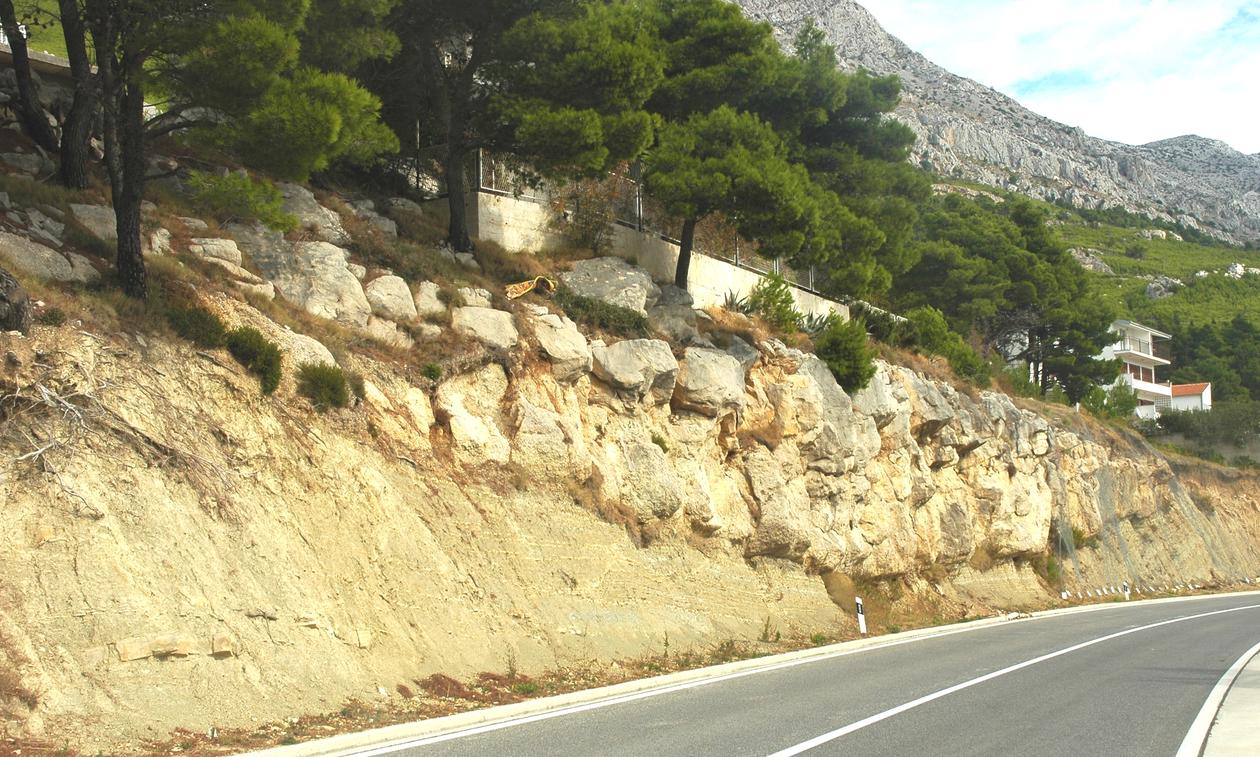Dynamic aspects of turbiditic channels
PhD Michal Janocko
Main content
Supervision: W. Nemec with S. Henriksen
Project funding: Statoil 3-year scholarship (2009-2011)
The aim of this project is to address some of the dynamic aspects of submarine slope channels on the basis of outcrop case studies (Cenozoic examples from Turkey, New Zealand, Mexico and Croatia) and analysis of Statoil's 3D seismic dataset from offshore Angola, combined with numerical CFD simulations. The modelling method of computational fluid dynamics (CFD) is a mathematical solution of equation sets describing sediment-laden fluid flow, with a numerical realization by commercial software MassFlow-3D™ in the present case. The main issues selected for the study include: (1) the development and infill architecture of sinuous turbiditic channels; and (2) the flow pattern at channel bends and origin of coarse-grained nested mounds in channel thalweg zone. Particular attention is given to the flow pattern of currents that are ‘balance-sized', ‘undersized' and ‘oversized' in relation to the channel hydraulic geometry. The study focuses on quantification of turbiditic channel external and internal characteristics, which will help to verify the existing conceptual models, improve their predictive power and contribute to the general knowledge on turbidity current dynamics and development of channelized turbiditic systems.
